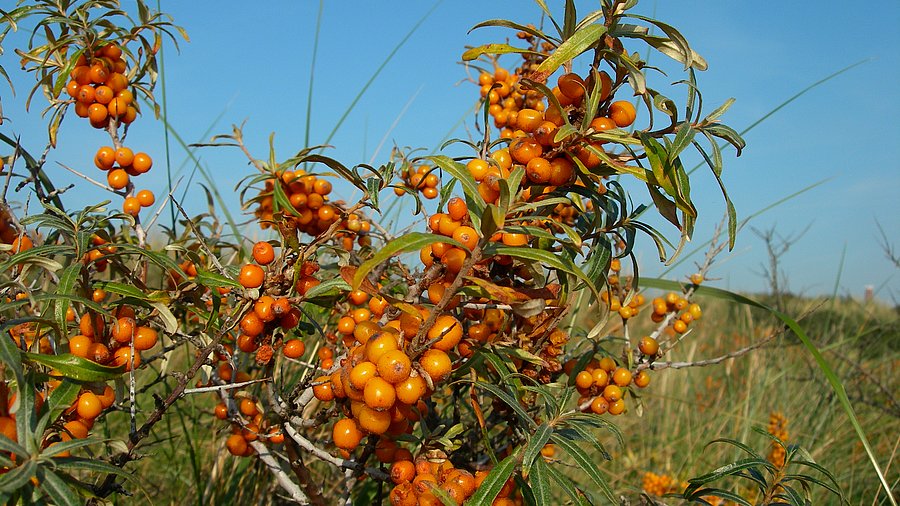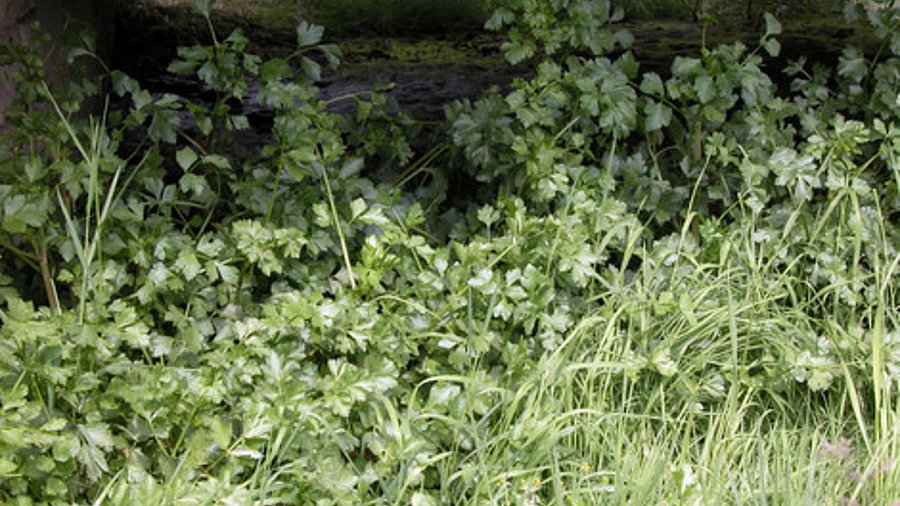Nearly 2,500 of the over 3,600 species of our native flora are wild species related to our cultivated plants or potentially useful for food and agriculture. Many of these crop wild relatives (CWR) are not only part of our ecosystems, but also constitute an important resource for plant breeding. Plant breeders use the genetic characteristics of these wild species to improve modern crop varieties.
The natural populations of these wild species are increasingly threatened by climate change and other causes. The best way to conserve wild species is to preserve or restore viable populations in their natural sites, i.e. in situ. There they will have the possibility to continue their adaptation to changing environmental conditions. This ensures the preservation of their genetic diversity and their availability as a resource for plant breeding also in the future. They are preferably conserved through nature conservation measures at their natural sites (in situ) and additionally in genebanks (ex situ).
The Federal Office for Agriculture and Food acts as a project management agency, which has already funded several projects concerning in situ and ex situ conservation of WEL on behalf of the Federal Ministry of Food and Agriculture (BMEL).
Learn more about these projects

